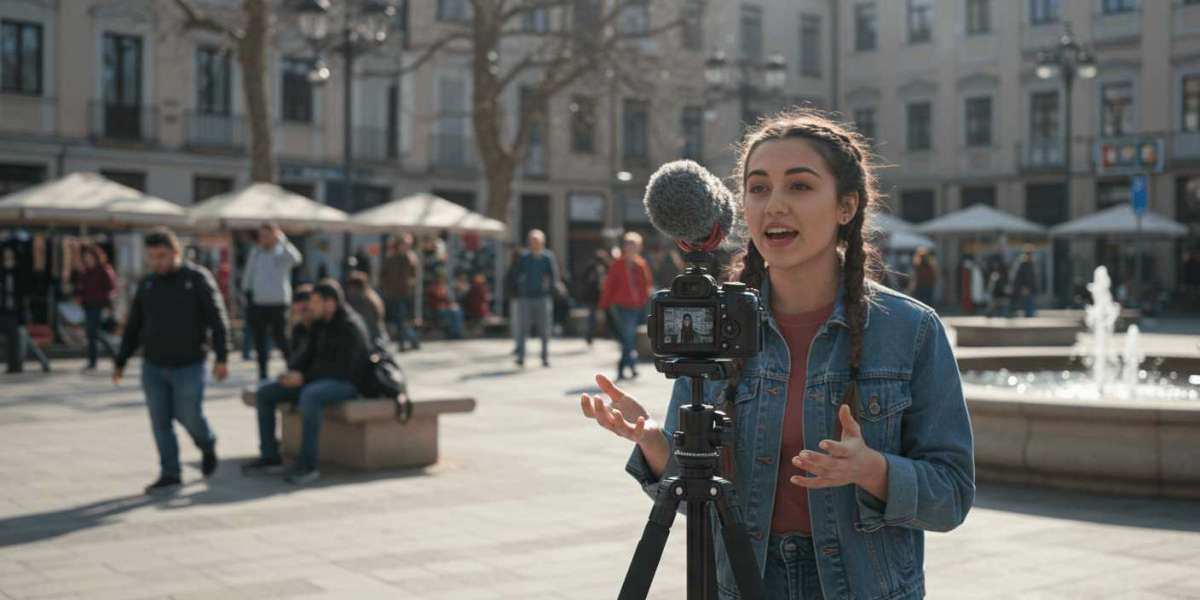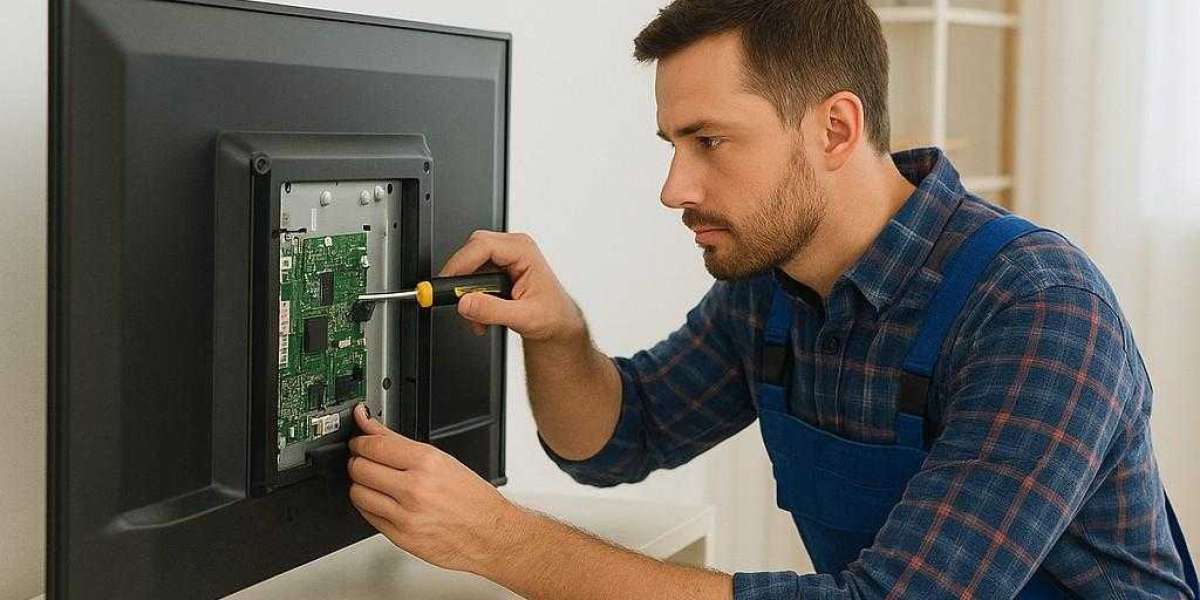Whether you're a travel photographer chasing golden light in Iceland or a digital nomad vlogging across Southeast Asia, there's one underrated yet game-changing piece of gear you shouldn’t leave behind: the tripod. It might seem like just another accessory, but for those who live to create on the move, a tripod is nothing short of magical.
What Makes the Tripod So Essential?
At first glance, a tripod seems like a simple tool — three legs, a head, and a few knobs. But seasoned travelers and content creators know that its value is far more than its components.
Experience in the Field
From capturing razor-sharp night photos in the Sahara to stabilizing time-lapse shots of Tokyo’s skyline, I’ve relied on tripods across continents. This consistent support in chaotic, low-light, or windy situations has helped me create professional-level content without needing a full film crew.
Technical Versatility
Tripods don’t just hold your camera. They unlock a wide range of creative techniques: long exposures, astrophotography, time-lapses, motion blur, and stable video pans — all nearly impossible to achieve handheld.
Types of Tripods and Their Travel Benefits
Depending on your travel style and gear, not all tripods are created equal. Here’s a breakdown of tripod types and why they matter.
1. Compact Travel Tripods
These are designed for minimalist travelers. Lightweight, foldable, and usually under 3 lbs, compact tripods fit easily into backpacks or carry-ons.
Best for: Travel bloggers, street photographers, solo travelers.
2. Carbon Fiber Tripods
These are lightweight yet incredibly stable, making them ideal for trekking or shooting in rough terrain.
Best for: Adventure photographers, landscape shooters, hiking vloggers.
3. Tabletop and Mini Tripods
Perfect for vloggers or casual users shooting with phones or small mirrorless cameras. They work well in indoor cafes, train rides, or for selfie-style shots on the go.
Best for: Lifestyle vloggers, casual content creators, TikTokers.
Creative Techniques Tripods Unlock
Once you’re equipped with the right tripod, a whole new world of creative freedom opens up. Here are just a few techniques you can master with this simple tool:
Long Exposure Photography
Want to blur waterfalls into smooth silk or capture the motion of bustling city streets? You’ll need a steady base. Tripods allow for exposures that last several seconds — or even minutes — without a shaky result.
Low-Light Shooting
When the sun goes down, your ISO doesn’t have to go up. A tripod lets you keep your camera stable at slower shutter speeds, producing clean, noise-free images in ambient lighting.
Time-Lapse Videos
A tripod is non-negotiable for time-lapse photography. Keeping the camera perfectly still over long durations ensures smooth and seamless results.
Self-Portraits and Solo Travel Shots
Tired of asking strangers for photos or settling for selfies? A tripod paired with a remote or timer gives you control over composition and expression — perfect for professional-looking portraits on the road.
Cinematic Movement in Video
With the right fluid head, your tripod becomes a tool for dynamic video shots. Smooth pans, tilts, and stable frames turn your travel vlogs into cinematic narratives.
Expert Tips for Maximizing Your Tripod on the Road
Over years of travel and content creation, I’ve learned the hard way what works and what doesn’t. Here are some battle-tested tips:
1. Prioritize Portability and Weight
Every ounce counts in a travel bag. Choose materials like carbon fiber or aluminum and look for folding mechanisms that collapse the tripod to under 16 inches.
2. Check for Compatibility
Make sure your tripod’s head supports your camera's weight. A ball head works well for photos, while a fluid head is best for video work.
3. Use a Remote or Timer
To avoid introducing camera shake, especially during long exposures, use a remote trigger or your camera’s built-in timer function.
4. Be Creative with Angles
Many tripods allow you to reverse the center column or splay the legs for low-angle shots. Get down, shoot up, or frame through objects for more dynamic compositions.
5. Don’t Skip the Tripod Plate
Quick-release plates save time and frustration. Always keep one attached to your camera so you can mount and dismount quickly during travel.
Tripods and the Psychology of Creative Confidence
One often-overlooked benefit of tripods is the mental shift they create. Setting up a tripod slows you down and forces intentionality. You become more mindful of your composition, lighting, and framing.
It also signals to others — and yourself — that you're serious about your craft. Whether shooting in a remote canyon or a crowded plaza, you stand not just as a tourist, but as a storyteller.
Choosing the Right Tripod: What the Experts Recommend
If you're shopping for a travel-friendly option, the market is full of options — but not all are worth the investment. Brands like Manfrotto, Peak Design, and Gitzo consistently earn top marks for quality, durability, and travel compatibility.
We recommend checking this curated guide to the best travel tripods to find the right fit for your creative and logistical needs.
Real-Life Case Study: From Amateur to Artist
A few years ago, I met a solo traveler in Patagonia named Lara who had just bought her first tripod. She was frustrated by blurry sunset shots and poorly framed self-portraits. After a few lessons and encouragement, she started using the tripod regularly.
Today, Lara runs a successful Instagram page and sells prints from her global adventures. She credits her tripod for making the leap from point-and-shoot snapshots to intentional art.
Final Thoughts: Small Tool, Massive Impact
A tripod may not be as flashy as a new camera or as trendy as a drone, but its value is unmatched for creators on the go. From elevating image quality to enabling advanced techniques and boosting self-confidence, the humble tripod truly is a magic wand in the traveler’s toolkit.
Whether you're just starting out or already creating full-time on the road, investing in a reliable travel tripod is a step toward creative freedom, technical growth, and storytelling mastery.
FAQ: Quick Questions About Tripods for Travel Creators
Q: What’s the ideal tripod height for travel photography?
A: Between 50–60 inches (folded to under 20 inches) is ideal. Look for adjustable leg sections for versatility.
Q: Is a tripod worth carrying on flights and hikes?
A: Yes — especially carbon fiber models. Their weight-to-benefit ratio is excellent for serious creators.
Q: Can I use a tripod with my smartphone?
A: Absolutely. Many travel tripods come with smartphone mounts or adapters.








